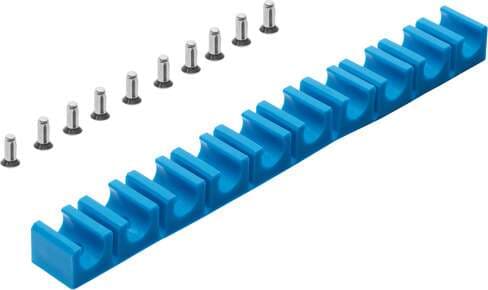| 530040 Piloted check valve HGL-1/8-QS-6 With sealing ring OL, with QS push-in fitting. ... | Festo | | | |
| 133005 push-in fitting QSM-M5-6-I-R male thread with internal hexagon socket. Size: Min... | Festo | | | |
| 547942 positioning component SMM-10 Suitable for C-slot. Size: 10, Design: for round sl... | Festo | | | |
| 541267 on-off valve MS6-EM1-1/2 Manual, direction of flow: from left to right. Design s... | Festo | | | |
| 564752 push-in bulkhead connector QBS-3/8T-U Size: Standard, Nominal size: 0,315 ", Ass... | Festo | | | |
| 153016 push-in fitting QS-1/4-8-I male thread with internal hexagon socket. Size: Stand... | Festo | | | |
| 526032 mounting CPX-CPA-BG-NRH Set for H-rail mounting with 2 or 3 attachment points. P... | Festo | | | |
| 9398 adapter AD-G1/2-1/2NPT-I Female thread one one side, male thread on the other. N... | Festo | | | |
| 573445 electrical interface VAEM-L1-S-M1-25 KC mark: KC-EMV, Corrosion resistance class... | Festo | | | |
| 8085684 push-in fitting NPQR-L-G14-Q8 Size: Standard, Nominal size: 6 mm, Type of seal o... | Festo | | | |


















